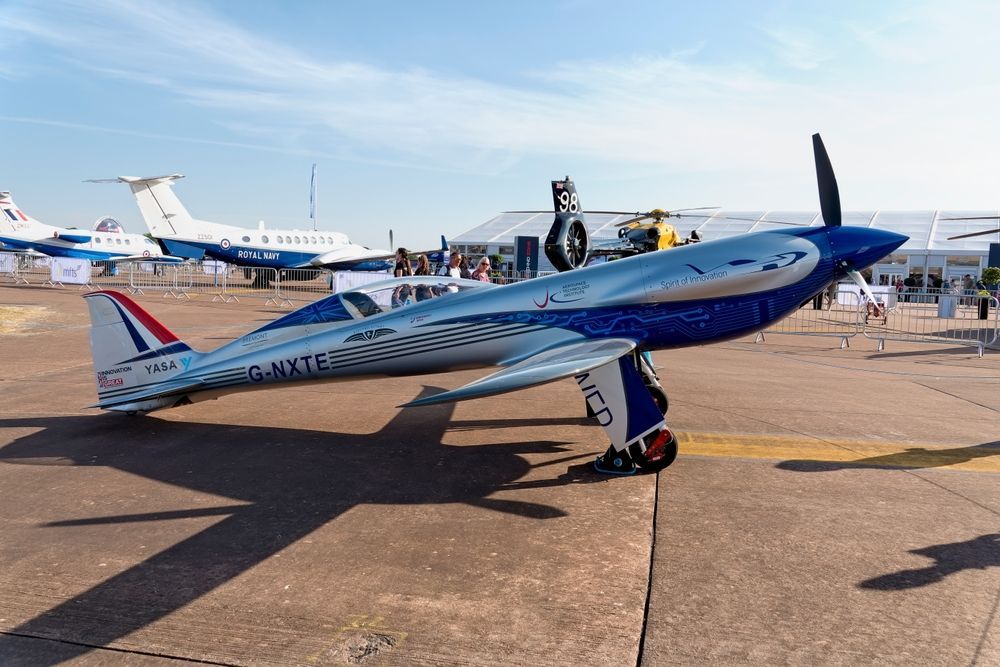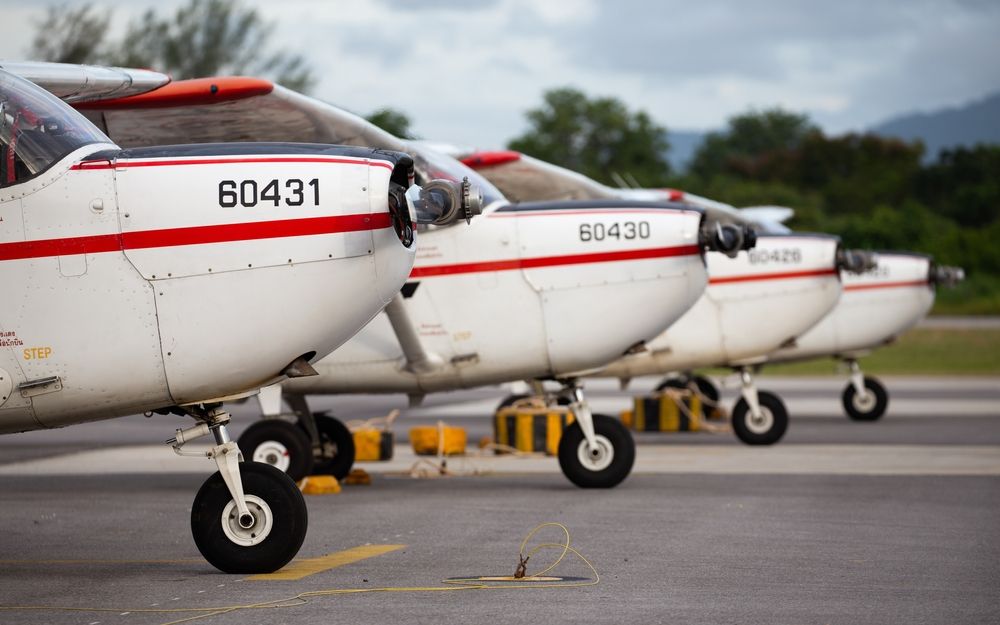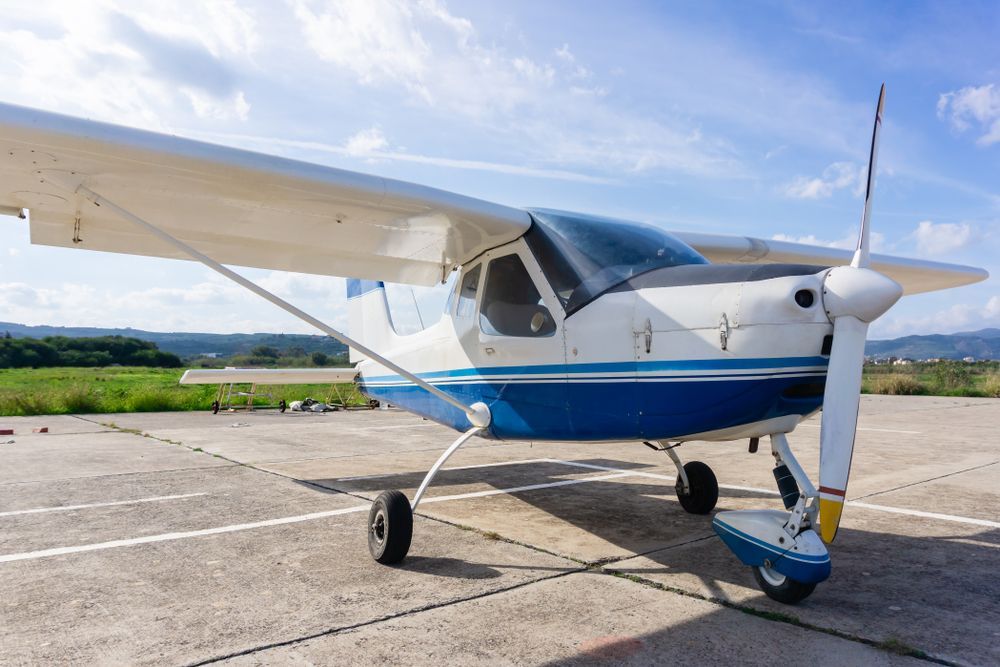It’s hard to believe that the first successful engine-powered airplane flight is only 120 years old. After four years of research and development, Wilbur and Orville Wright – better known as simply “The Wright Brothers” – piloted the first engined airplane in the skies over Kitty Hawk, North Carolina in 1903. Since then, there’s been a constant cycle of improvement in aircraft , with various innovations and technologies helping spearhead airplane development to the state that it is now. Planes have gotten safer , faster, and more efficient – and these are trends that are only going to continue as new developments take shape and airplanes continue to improve with time.
In this post, we’re going to take a more detailed look at just what the future of aviation looks like – from advanced wing design to increased engine efficiency, cabin design, and more. Here’s a look at what you can expect the aircraft of tomorrow and beyond to look and feel like – whether you’re behind the wheel or in the passenger’s seat.
Wing Design
If planes are able to become more aerodynamic, they’re going to fly much more efficiently and potentially even have the ability to fly at greater speeds. And one wing design that’s starting to gain momentum in aerospace is the blended wing design. Specifically, this blended wing body (BWB) consists of combining the wings and the fuselage into one. This means that it wouldn’t be just the wings lifting the aircraft, but the entire plane. Today, most aircraft are considered tube-and-wing aircraft, where the wings and fuselage remain separate from one another. While effective, the aerodynamics aren’t very good.
It’s estimated that aircraft with more of a BWB body consume about 20 percent less fuel compared to tube-and-wing aircraft. Planes with a BWB design are also believed to be lighter, quieter when flying, and more maintenance-friendly.
Sustainability
Sustainability is a huge buzzword in just about every industry today, largely because of shifting consumer preferences and an increased focus on slowing the pace of climate change caused by temperatures continuing to rise year after year. The aerospace industry is no exception to this sustainability trend.
In fact, in 2009, the International Air Transport Association made a pledge to cut emissions from air travel in half by the year 2050 compared to what emissions were in 2005. And there are a variety of new innovations that are likely to take shape over the next several decades to meet or even exceed these goals. Some solutions include:
- New, more aerodynamic aircraft designs
- Alternative fuels (i.e., hydrogen)
- More efficient engines or alternatives to internal combustion engines
- End-of-life recycling of dated aircraft parts
- More efficient manufacturing
On the latter part about better manufacturing, aluminum has been identified as a material that’s ideal for aircraft due to its lightweight, high strength, design flexibility, and ability to be recycled. What’s more is that aluminum alloys continue to be developed to improve manufacturing even more.
Most small aircraft consume anywhere from 5 to 10 gallons of fuel per hour in the air. If all aircraft were to reach the goal of halving emissions by 2050, developers would need to about double this number as it pertains to fuel economy and efficiency.
Engines
The aerospace industry is well behind the automotive industry when it comes to the electrification of its fleet (after all, you can’t exactly charge an airplane in the middle of the sky if its battery becomes depleted), but there are still a number of engine innovations that are likely on the horizon to help improve the performance and overall efficiency of planes. Perhaps one of the most promising engine innovations are those that work with hydrogen fuel. Many predict that hydrogen-powered aircraft could hit the market within the next 10-15 years. Hydrogen is a cleaner fuel source and also has a variety of performance benefits.
Hybrid engines are another development that is on the cusp of becoming more mainstream. Hybrid engines are those that combine a conventional internal combustion engine with an electric motor. They perform more efficiently and burn less fuel.
In the future, airplanes will likely be powered by advanced engines that do more with less. That is, the engines are powerful but use less fuel. This won’t just help with an aircraft’s environmental impact, but also in the reduction of operator costs.
Cabin Design
Developers are always on the lookout for ways to maximize cabin space or ways to transport more passengers in an aircraft. And while this is easier said than done, some ideas for the aircraft of the future include larger cabins that are able to transport more people or items. Even double-decker-style cabins have been conceptualized, but the challenge is designing in a way that won’t impact an airplane’s performance. We mentioned how the blended wing body design is becoming more popular in the development of aircraft. This design also has a direct impact on cabin design, as the fuselage and wings come together as one and aren’t separate elements.
Avionics will likely continue to advance as well. What’s nice about avionics is that these are upgrades that can be made to an aircraft at any time, especially if your plane’s current system is outdated and you want to replace it with a more advanced system.
Contact Us Today
For more information on what the future of airplanes has the potential to look like, contact J.A. Air Center today. And remember, while you wait for the next generation of aircraft to hit the market, you can make improvements to your existing aircraft so it suits your needs now and into the future. Contact J.A. Air Center today for more information on the various improvements and upgrades we can help you with. We also sell and inspect aircraft . Contact us today for more information.
J.A. Air Center – Aurora Municipal Airport (KARR) – 43W730 US Highway 30 – Sugar Grove, IL 60554
E-mail Us: info@jaair.com | Call Us! 800.323.5966
Website imagined and executed by RivalMind.




